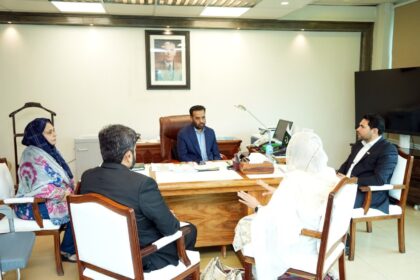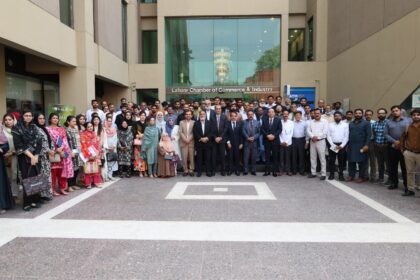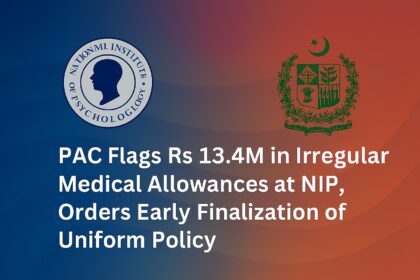A Senate committee has urged comprehensive reforms of Pakistan’s vocational and technical training systems to enhance domestic labour force participation and improve global employment opportunities. The Senate Standing Committee on Overseas Pakistanis and Human Resource Development stressed the need for effective, market-driven skill development programs during their inaugural session held at the National Vocational and Technical Training Commission (NAVTTC) headquarters.
Senator Zeeshan Khanzada, who chaired the meeting, expressed significant concern regarding Pakistan’s low skilled workforce numbers. Highlighting stark figures, he mentioned that out of approximately 70 million individuals of working age, only two million possess vocational or technical skills. Additionally, Pakistan’s overall labour force participation rate is alarmingly low at 44.9%, considerably behind competitors in the region, such as Bangladesh at 58.3% and Vietnam at 73.69%.
Detailed performance insights were shared by NAVTTC officials concerning the employment results of their vocational trainees. According to their data, an encouraging 53% of NAVTTC-trained graduates had secured employment. Among those employed, 38% earned wages exceeding PKR 50,000 per month, while 18% fell into the PKR 31,000–50,000 salary bracket. Another 27% earned up to PKR 30,000 monthly, with 17% choosing not to disclose their earnings. Officials also revealed plans by Punjab Bank and National Bank to offer student loans supported by guarantees from NAVTTC.
A comparative analysis with regional countries underscored Pakistan’s relatively favourable training outcomes. NAVTTC’s tracer studies indicated that Pakistan has an employment rate of 53% within six months to one year post-training completion, compared to a one-year post-training rate of 54.5% in Sri Lanka and two-year rate of 39% in Bangladesh.
Further elaboration revealed detailed employment patterns among NAVTTC-trained graduates, with 64% securing full-time wage employment, 14% employed part-time, and 18% opting for self-employment. Only 4% worked as daily wage workers or in informal job arrangements. The leading sectors providing employment to NAVTTC trainees were Information Technology (32%), followed by Construction and Energy (12%) and Banking and Finance (6%). Moreover, over four years, 25,079 individuals trained through NAVTTC programs have successfully migrated overseas for employment.
Senator Khanzada underscored the committee’s concerns about the efficacy of training programs and noted significant gaps in reliable labour force data. He criticized the use of outdated labour statistics, drawing attention to the last labour force survey conducted in 2021. Senator Khanzada recommended that future surveys should be grounded in official census data rather than estimates, improving accuracy and reliability in shaping policy decisions.
The committee also scrutinized NAVTTC’s provincial quota system. Senator Zameer Ghumro challenged NAVTTC representatives regarding the reallocation of unused provincial quotas, arguing that such adjustments could reflect either regional inequities or managerial deficiencies. He formally requested detailed province-specific data on training partnerships and financial distributions for the committee’s next meeting.
Members further raised concerns over limited public awareness of NAVTTC’s initiatives, especially in rural and underserved regions. Senator Khanzada affirmed the ongoing importance of Information Technology training, but stressed that given Pakistan’s extensive population of manual labourers, skills training must be expanded to include more relevant fields. He advocated for enhanced capacity-building efforts in sectors such as heavy vehicle operation, electric vehicle maintenance, welding trades, agriculture, and livestock management, describing these as vital to Pakistan’s economic resilience and growth.
The meeting was also attended by Senators Zamir Hussain Ghumro, Gurdeep Singh, Syed Kazim Ali Shah, Nasir Mehmood, as well as senior representatives from pertinent ministries and government departments.











